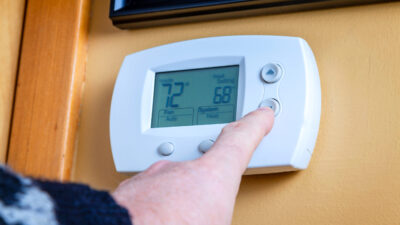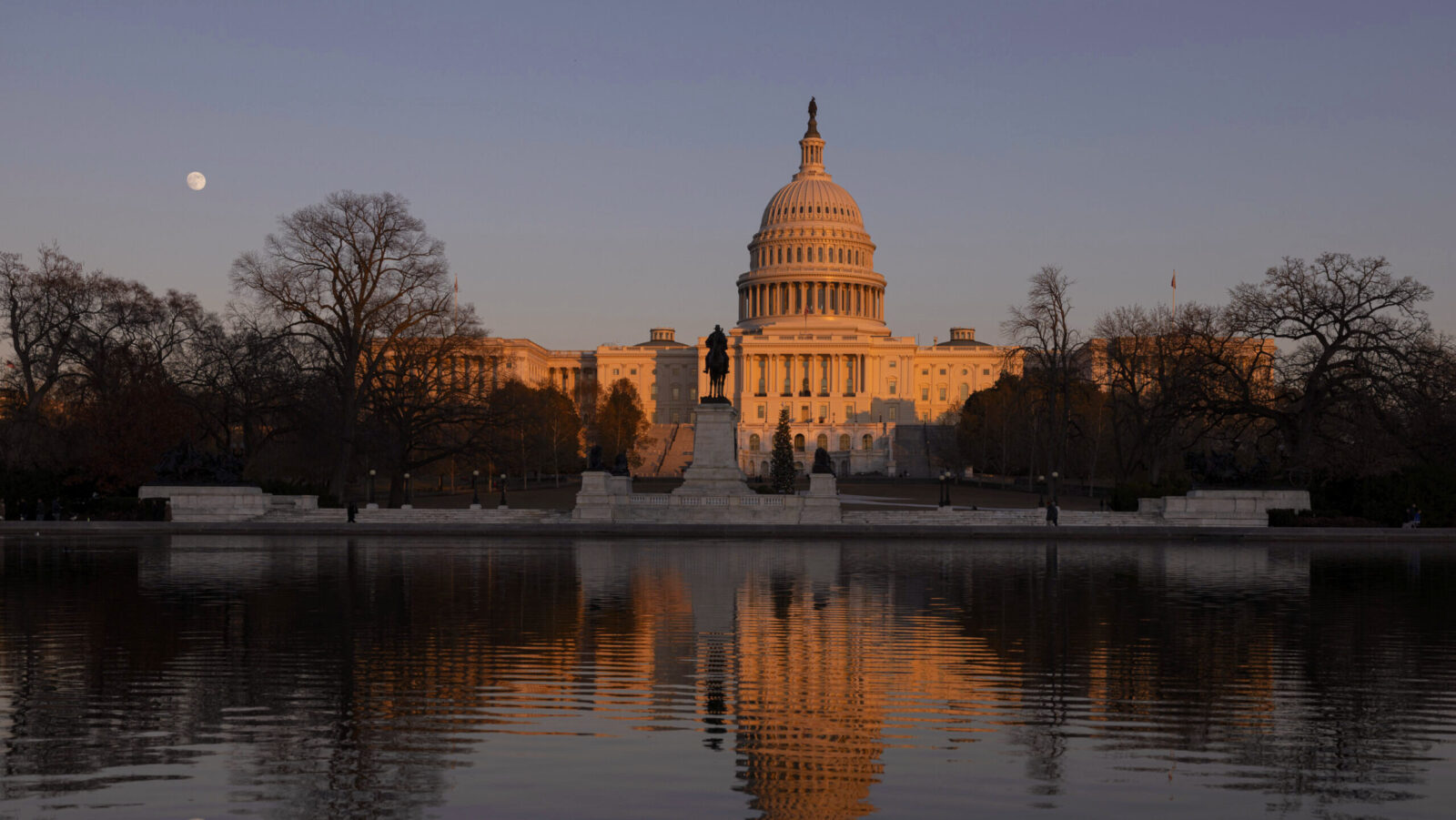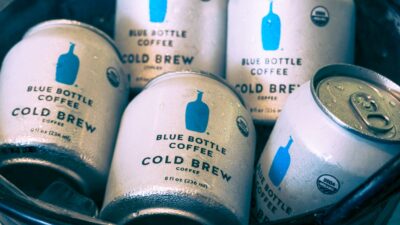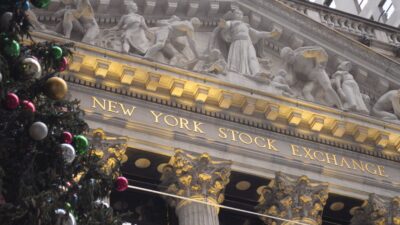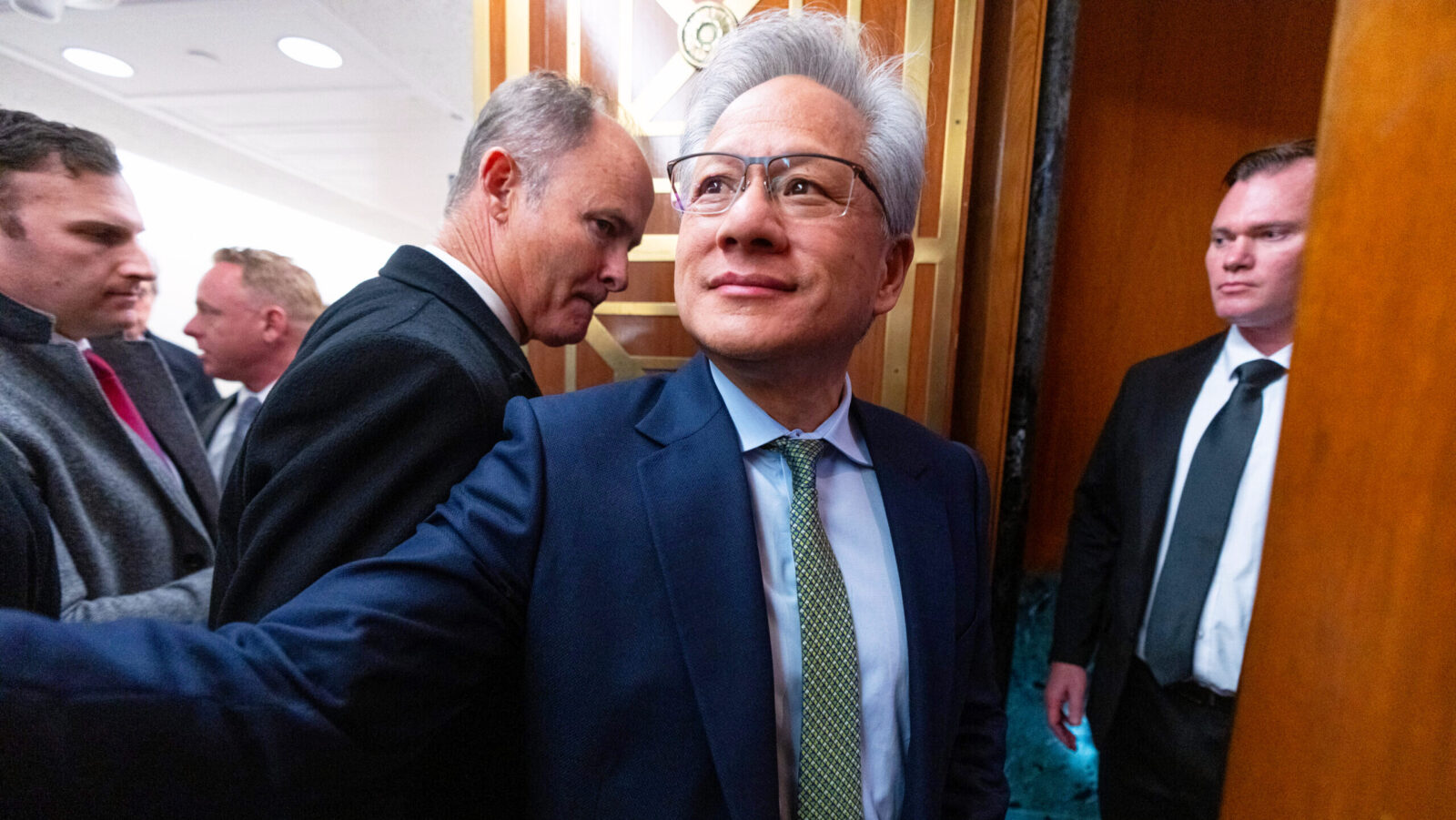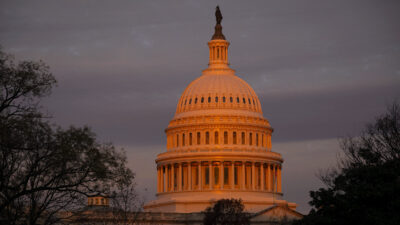Tariff Delay Fails to Soothe Bond Market Turmoil
When yields rise, it suggests a selloff, and it also means likely higher costs of borrowing for companies as well as the government.
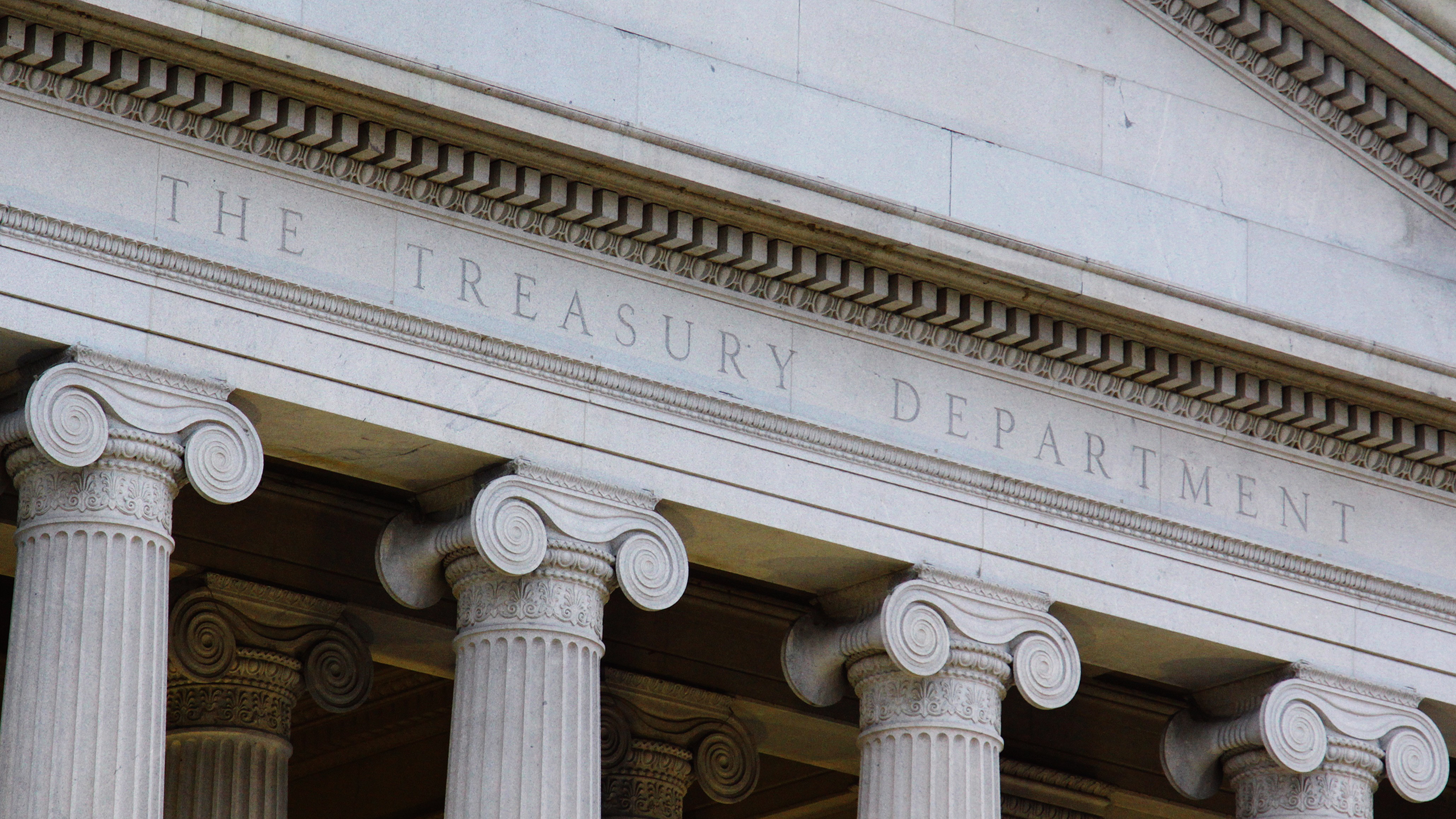
Sign up for smart news, insights, and analysis on the biggest financial stories of the day.
President Trump hit the pause button on his trade war Wednesday — with everyone except China, whose tariff rate was instead raised to 125%.
Stocks bounced like a Superball in response, but the respite offered no immediate consolation for bond markets, where a rapid selloff in US Treasurys has left investors wondering if the traditionally safe assets are as reliable as they once were.
Losing Faith
Treasury Secretary Scott Bessent has said for weeks that Trump’s focus is on getting the 10-year yield down, which would decrease the cost of debt payments. He went so far as to say doing so was more important to the administration than the Federal Reserve’s monetary policy.
But the sudden decision to announce those now on-hold global tariffs last week had exactly the opposite effect. US Treasury bonds generally don’t have high interest rates because they have been seen as a safe investment. But the 10-year yield spiked to 4.5% at one point Wednesday, before finishing the day at 4.3%. That’s above the 4.1% to 4.2% where it floated on April 2, otherwise known as Liberation Day.
When yields rise, it suggests a selloff, and it also means likely higher costs for companies to borrow as well as the government. And, because Treasurys are seen as a safe haven, yields tend to go down in times of economic stress, which has made the bond market activity this week all the more alarming. Indeed, Deutsche Bank wrote before Trump announced the 90-day tariff pause that rising yields are a sign that “the market has lost faith in US assets,” adding it is playing out “in real-time at a faster pace than even we would have anticipated.” But it wasn’t just the selloffs that signaled investors rethinking what is and what isn’t a safe haven:
- German government bond yields, the eurozone’s benchmark, fell in a sign of strengthening demand, highlighting a potential safe haven across the Atlantic.
- Gold, meanwhile, rose 2.6% for its best day in 17 months. The fact that the traditional safe haven has decoupled from US Treasurys offered supporting evidence to Deutsche Bank’s assessment that US assets were, for a day at least, not viewed as offering their historical strategic advantage.
Serious Upside: Even if it didn’t fully calm bond markets, Trump’s 90-day pause on tariffs prompted a gigantic sigh of relief from many market observers. The S&P 500 rocketed up 9.5% after several brutal days of trading for equities. And Goldman Sachs, hours after it said Trump’s tariffs forced it to conclude a recession was its base-case economic forecast, said that is no longer the case — thanks to the pause.


